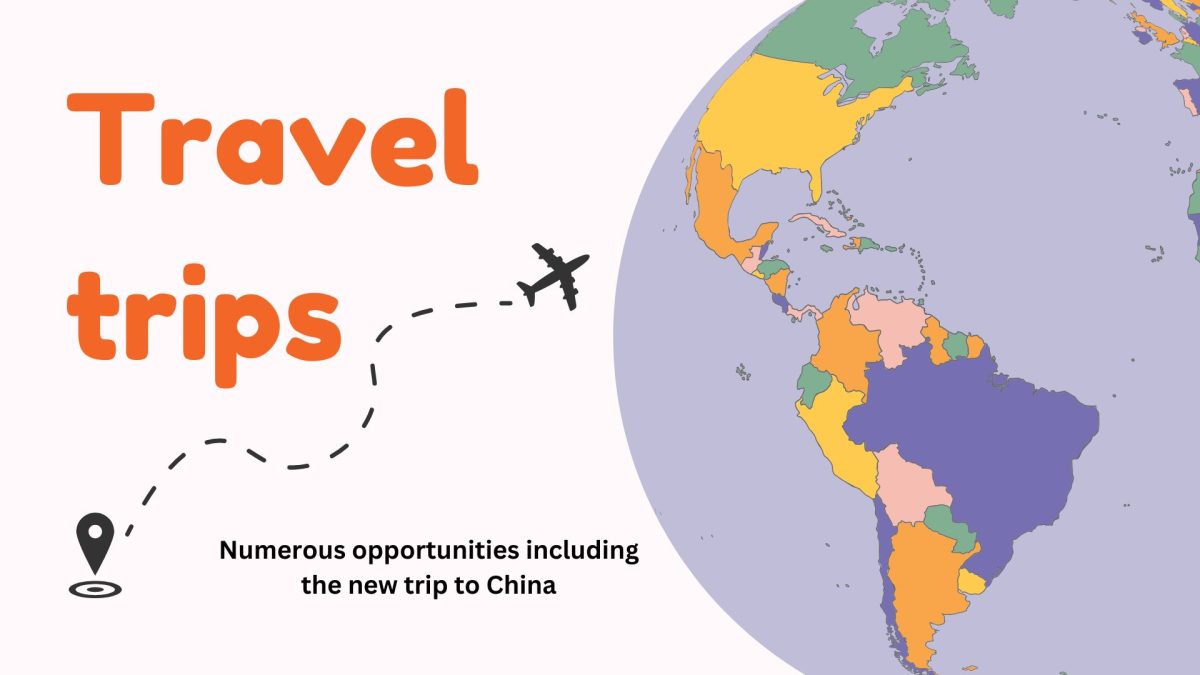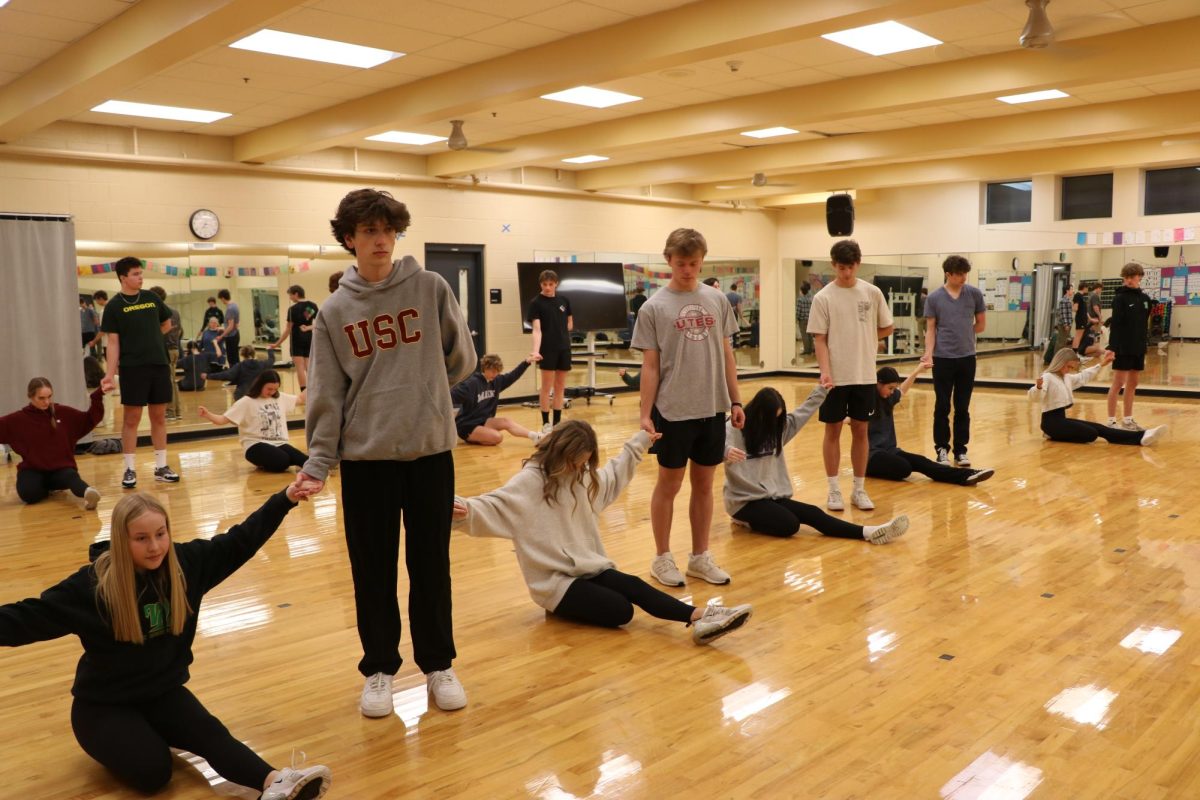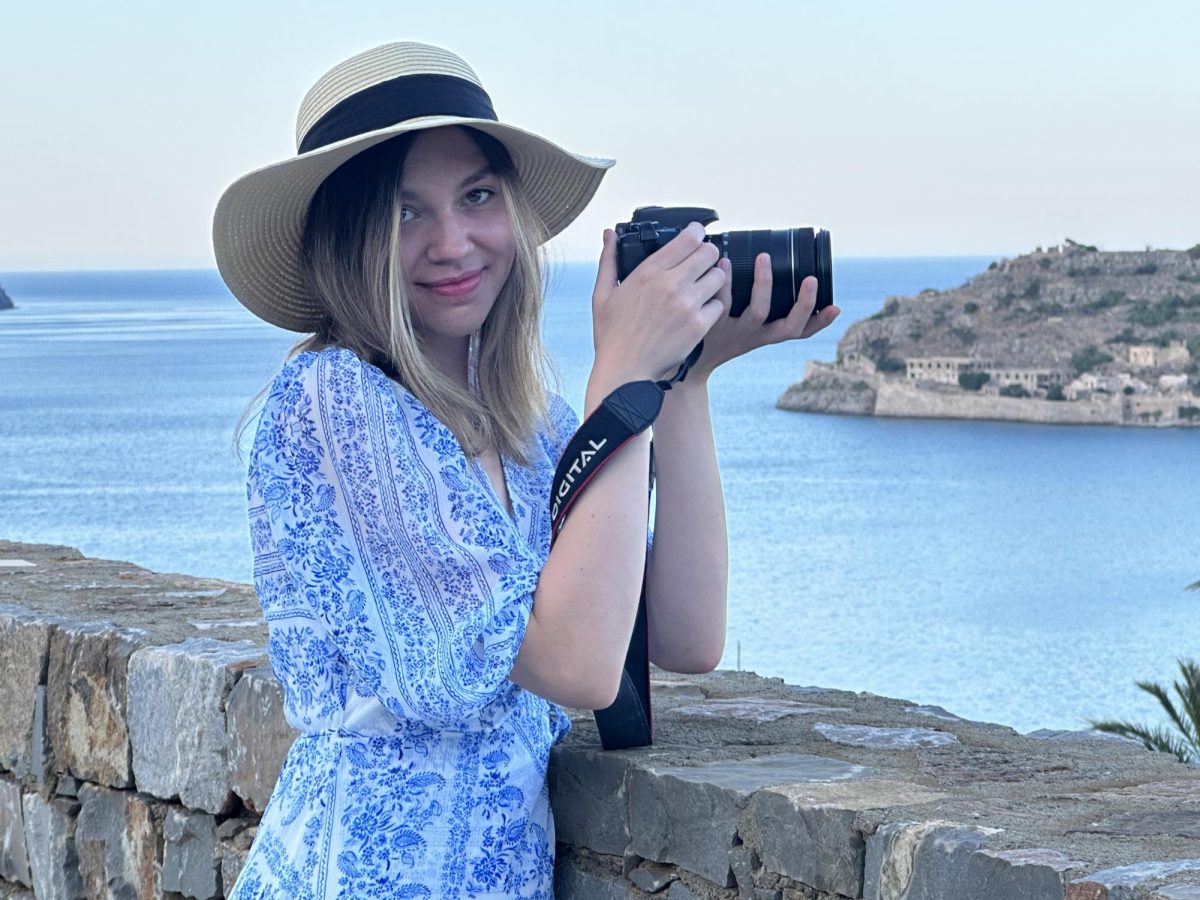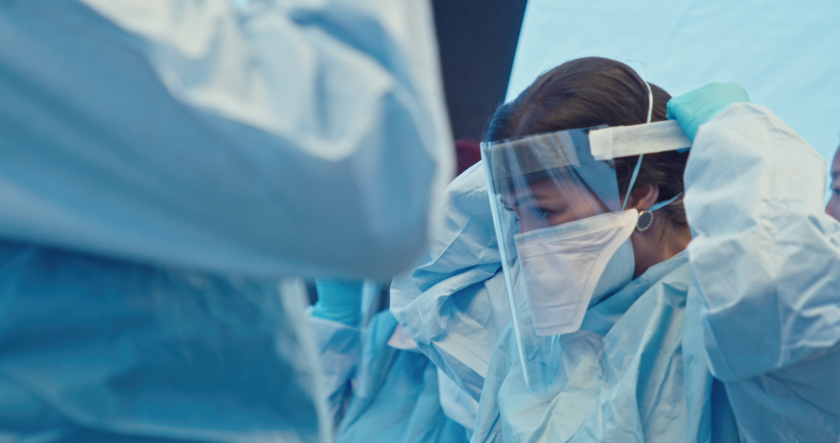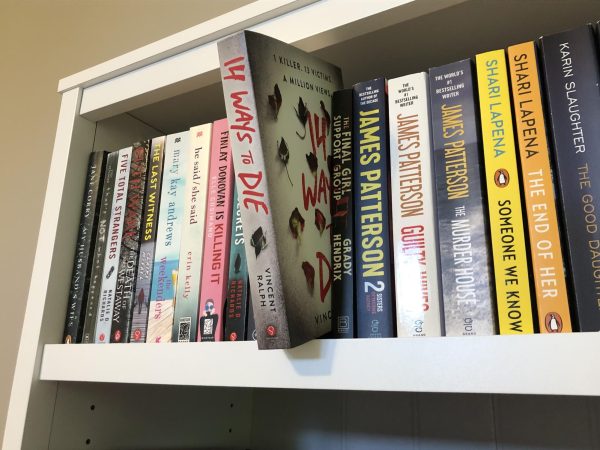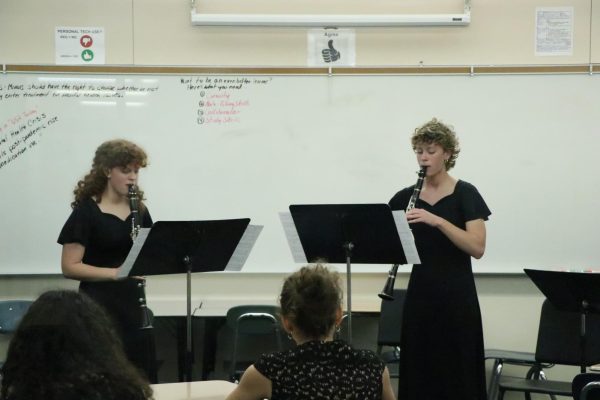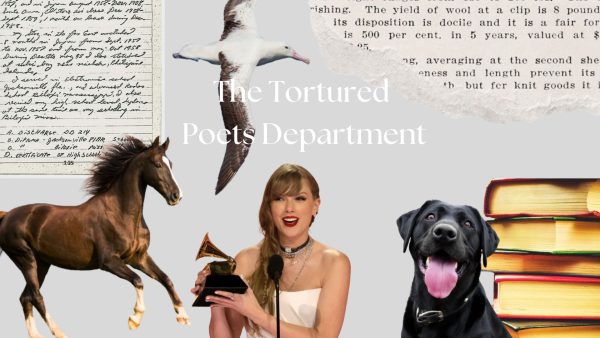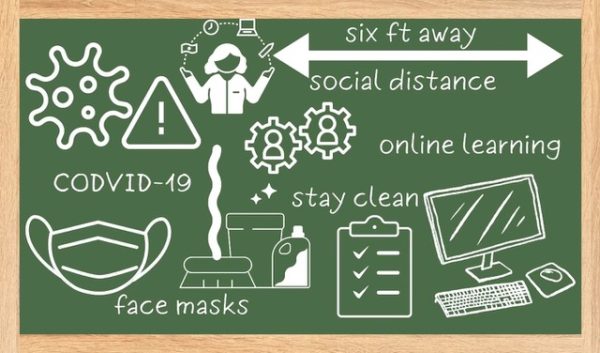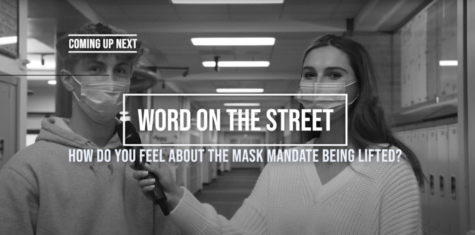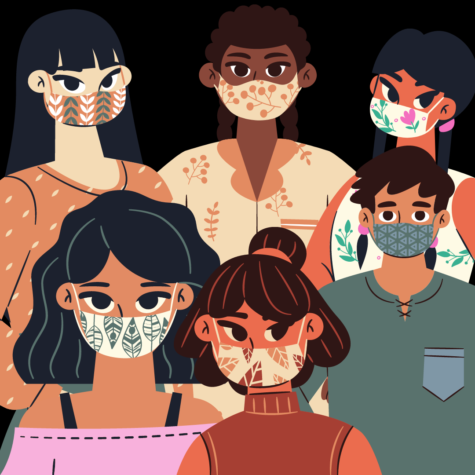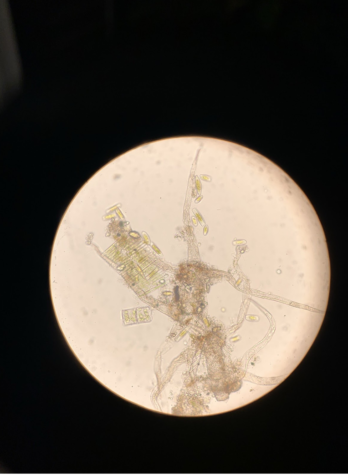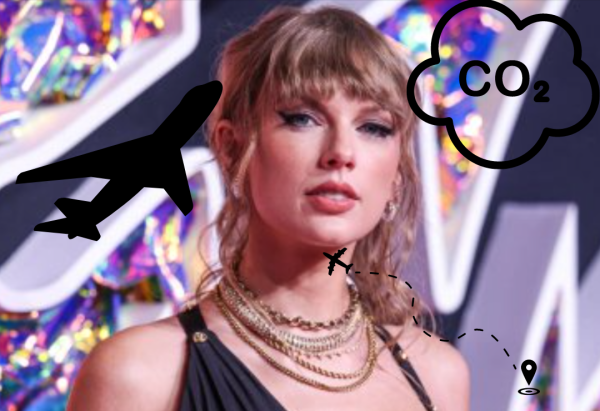“Pandemic: How to Prevent an Outbreak” shows the ins and outs of a virus
The timing of one of Netflix’s newest docuseries is shockingly coincidental with COVID-19
In the “Pandemic” docuseries, it mainly focuses on the doctors and scientists in very close proximity to the virus. The series is now streaming on Netflix.
When it comes to the COVID-19 pandemic, there are many unknowns. We didn’t know how our society and daily routines would be disrupted. We don’t know when our lives will return to normal. We don’t know how or when this pandemic will resolve. It is imperative to stay informed, and why not be aware by bringing a new educational series?
“Pandemic: How to Prevent an Outbreak” was released to Netflix in January 2020 and follows people whose lives revolve around viruses– both in studying how they are spread and how they are controlled. The six-part series goes around the world, from the Cao Loc District in Vietnam, to Tuscon, Ariz., and even a little close to home, in Corvallis, Ore.. The series tips off with a theory: we are overdue for a new, fast-spreading, virus. The last time there was a deadly virus was 1918, when influenza impacted the entire planet severely.
Dr. Dennis Carroll, a leading voice in the pandemic discussion, and previous director of USAID’s Emerging Threats Unit, had a lot to say about the correlation between the 1918 influenza and a potential pandemic which is now a reality. In the first episode, Carroll said that, “In 1918, there were 1.8 billion people on the planet Earth. Today, there are 7.8 billion people. If a similar virus emerged today, the result would be not 50 to 100, but hundreds of millions of people that would likely die. And it is a guarantee that another version of that killer flu will reappear. We don’t know when, but we should always presume it can be…soon.” This ominous quote is an accurate representation of what we are facing today with COVID-19.
Throughout the series, other doctors and scientists give their input, like Dr. Syra Madad, an expert on special pathogens. A special pathogen is one that is novel, very contagious, and has no known treatment or vaccine. Madad is the senior director at NYC Hospitals and she currently oversees New York City’s response to COVID-19.
Jake Glanville is another key voice in the Pandemic series. He is the founding partner of Distributed Bio, a company developing a universal flu vaccine that would provide lifetime protection from any influenza virus. His company was able to develop an effective vaccine for pigs, however, seven injections were required for immunity. They are working on decreasing the number of injections needed, while still maintaining immunity. Madad, Glanville, andCarroll may all have different careers, but they share the same goal: preventing and responding to a pandemic.
The series features stories of many people that are not prominently featured in the media. People without the coveted doctor or scientist job typically are not shown, despite all the important work they are doing. The point of the “Pandemic” series is to highlight all the different ways a vaccine is seen, from the people at the border seeking refuge contracting the flu, to the antivaxxers protesting in Oregon about mandated vaccines for school attendance. These different viewpoints highlight the need to be informed about viruses.
The series ends by revisiting people and places that were featured throughout the episodes and offers this lasting message: “A flu pandemic would likely kill hundreds of millions of people. Most countries remain underprepared and underinvested in measures to deal with that threat.” From lab and field scientists to doctors and nurses in clinics and hospitals, this series covers the varying ways people are contributing to the science behind viruses and pandemics.
Your donation will support the student journalists of West Linn High School. Your contribution will allow us to continue to produce quality content by purchasing equipment, software, and continuing to host our website on School Newspapers Online (SNO).
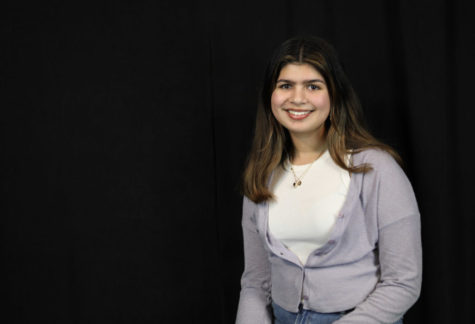
When she's not writing for wlhsNOW.com and the Amplifier, Karina Rower, senior, enjoys working to promote diversity with Affinity Club and volunteering...


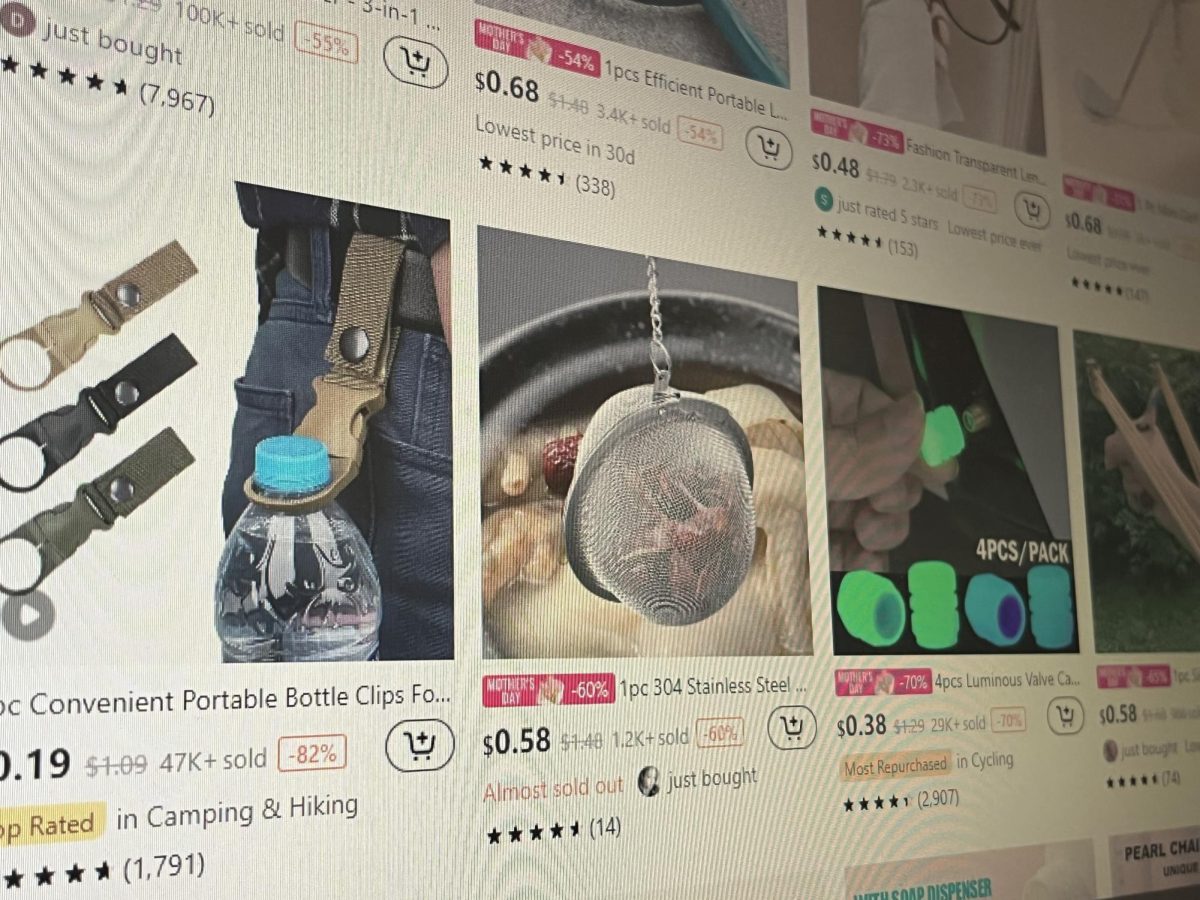























![Game, set, and match. Corbin Atchley, sophomore, high fives Sanam Sidhu, freshman, after a rally with other club members. “I just joined [the club],” Sidhu said. “[I heard about it] on Instagram, they always post about it, I’ve been wanting to come. My parents used to play [net sports] too and they taught us, and then I learned from my brother.”](https://wlhsnow.com/wp-content/uploads/2024/03/MG_7715-2-1200x800.jpg)





![The teams prepare to start another play with just a few minutes left in the first half. The Lions were in the lead at halftime with a score of 27-0. At half time, the team went back to the locker rooms. “[We ate] orange slices,” Malos said. “[Then] our team came out and got the win.”](https://wlhsnow.com/wp-content/uploads/2023/10/IMG_2385-1200x800.jpg)





![At the bottom of the third inning, the Lions are still scoreless. Rowe stands at home plate, preparing to bat, while Vandenbrink stands off to the side as the next batter up. Despite having the bases loaded, the team was unable to score any runs. “It’s just the beginning of the season. We’re just going to be playing out best by June, [and] that’s where champions are,” Rowe said.](https://wlhsnow.com/wp-content/uploads/2024/03/IMG_3077-1200x900.jpg)







